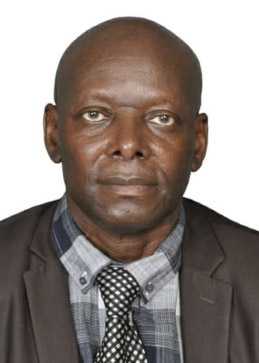Research reactors promise world of benefits to African nations

Leonardi

Mwamba
Africa hosts only seven of the 220 research reactors in operation today, and despite having 17.2 percent of the world’s population the continent contains just 3 percent of the world's nuclear research reactor capacity, say the authors of an opinion piece published online on October 12.
Marguerite Leonardi, senior advisor at NPC Consulting & Engineering, and Professor Vincent Lukanda Mwamba, Commissaire Général of the Commissariat Général à l’Energie Atomique in the Democratic Republic of the Congo (DRC), explain why the lack of research reactor capacity is a concern and they urge the restart of a dormant research reactor in Kinshasa, in the DRC.






 The future of nuclear energy is in cogeneration, according to a policy briefing released on October 7 by the United Kingdom’s Royal Society. (The equivalent of the United States’ National Academy of Sciences, the Royal Society, founded in 1660, is the oldest scientific institution in continuous existence.)
The future of nuclear energy is in cogeneration, according to a policy briefing released on October 7 by the United Kingdom’s Royal Society. (The equivalent of the United States’ National Academy of Sciences, the Royal Society, founded in 1660, is the oldest scientific institution in continuous existence.)


 A recently published paper on clean energy policy for economic recovery calls for the preservation of the current U.S. nuclear reactor fleet and the deployment of advanced nuclear technologies.
A recently published paper on clean energy policy for economic recovery calls for the preservation of the current U.S. nuclear reactor fleet and the deployment of advanced nuclear technologies.

